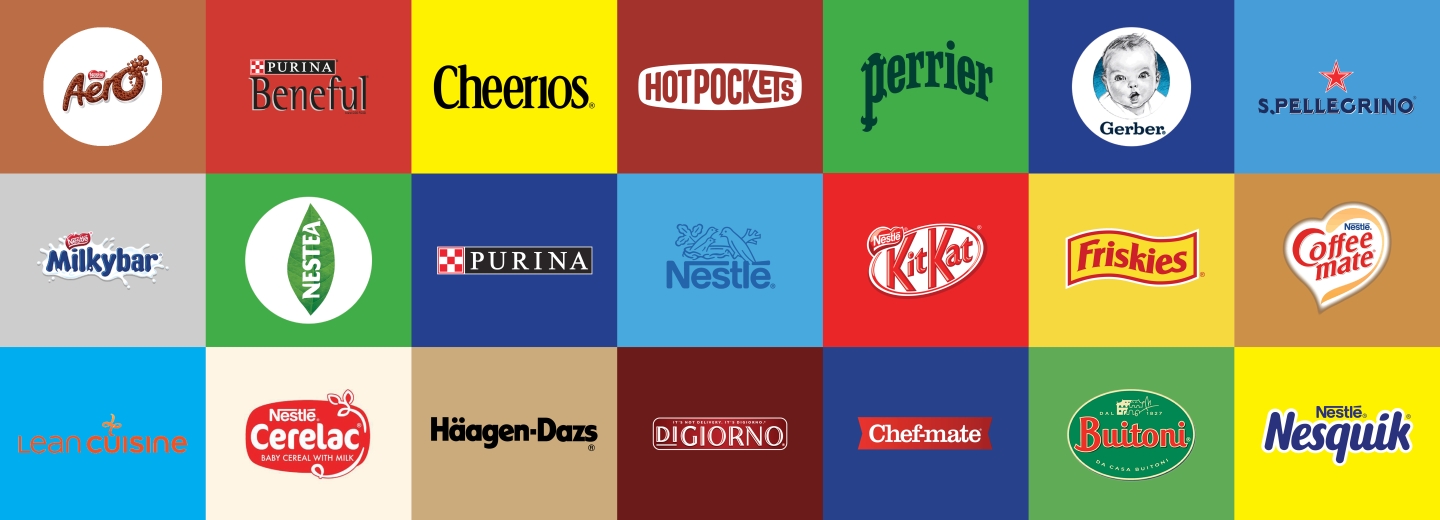Branded House or House of Brands? You be the judge.

The architecture of a building not only defines its structure and the materials used to build it, but also hints at what you can expect to find inside. The same is true for brand architecture, a crucial component of a brand’s success. What a brand is made of tells a story about what consumers will find within, and can appeal to different audiences in different ways. Solid brand architecture builds a perception, and as a result, creates relationships with key consumers.
Two common forms of brand architecture include the Branded House and the House of Brands. We’ll take a look at what these strategies are and how they work.
Branded House
The most common form of brand architecture is the Branded House model, which focuses on a single brand that is well-known and consistent. This parent brand is treated as the cornerstone for smaller sub-brands that are marketed and operated under its umbrella. The sub-brands are not operated independently and never overshadow the parent brand.
Some well-known examples of this structure include highly-recognizable brands like Apple, Google, and FedEx. All three of these brands have a core set of sub-brands that share a unified brand experience and are bolstered by the power and recognizability of the parent brand. For example, Gmail, Chat, and Meet are all sub-brands of Google. They share similar functionality, branding, and are backed by the credibility of their powerhouse parent brand.
The Branded House model of brand architecture is efficient, (relatively) easy to manage, and can provide excellent room for a brand to evolve and grow—but there are caveats.
While the simplicity of a single marketing strategy and brand code across every offering is appealing, it can lead to brand ambiguity if done incorrectly. The key to success is to make sure your sub-brands are clearly linked to the parent brand while still being distinct from each other—think iPhones and Macbooks to Apple. Clearly different offerings, yet still directly tied to the parent brand. Consumers should be able to answer the question “What does X brand do, anyway?”
Strengthening sub-brands through the power of a strong parent brand is a major plus of a Branded House model—but only if the parent brand is performing well. Going back to the building architecture analogy, a house built on a poor foundation will not stand. Every brick (or sub-brand) used in this brand architecture model must do its part to make sure the house is strong. If any of the brands suffer in the eye of public perception, all of the brands are impacted.
House of Brands
The House of Brands model of brand architecture enables numerous brands to exist within the same structure, while operating independently from one another. Often these brands will have a unique audience, marketing strategy, and look and feel.
This model works really well for large consumer companies like Nestlé, General Motors, and P&G. In fact, the House of Brands model has allowed a handful of corporations to control nearly everything you buy—and when a corporation like Nestlé owns over 2,000 brands and is present in 191 countries, it’s not hard to see how that’s possible.
Aside from cornering a monopoly, there are distinct advantages to the House of Brands model. For one, the brand elasticity—provided by the ability to define unique target audiences at a broader scale—enables brands to extend their demographic reach. New offerings have a safety net of strong, tested brands to fall back on, and potential PR risks are minimized because all the brands operate separately from each other.
However, it can be overwhelming and challenging to manage a brand structure this big. And even though the point of it is to enable sub-brands to operate independently, the parent company’s true identity can be confusing to consumers. Having a strong core brand and adopting a highly organized approach to brand management is essential to ensure this brand architecture model succeeds.
Build for Success
Choosing the right brand architecture model for your brand is an important step because it acts as a blueprint for a brand’s growth. It provides the structure needed for a brand to exist in the world, not only externally with consumers, but internally as well. Your brand architecture will determine how budgets are created and what the operating structures of internal teams look like, and will also set the stage for future business development.
So whether you’re building a Branded House or a House of Brands, one key point holds true—build your brand on a solid foundation. Know the heart of your brand and test its strength so that as you build its home, it can thrive.


